Richard Wurmbrand, Ivan Urgant and Natan Sharansky represent the Jewish spirit of unarmed civil protest voicing objection to powerful and abusive institutions. As a result of their outspokenness, they became targets of the systems that they criticized. In that regard they followed in the footsteps of their fellow Jew – Jesus of Nazareth.
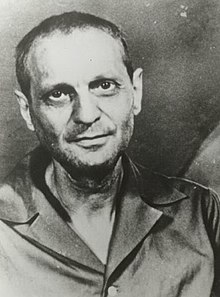
Tortured for his Faith – Richard Wurmbrand
Richard Wurmbrand (1909-2001), was a Romanian Jew who later became a Lutheran priest. He publicly taught from the Bible in a time when Romania strictly enforced communist atheism. Authorities imprisoned him from 1948-1956, including a three-year period of solitary confinement in an underground hole with no light. Upon his release he resumed leading the underground church. So the authorities imprisoned him again from 1959 to 1964 with frequent beatings. Authorities finally released him to the West because of an international campaign highlighting his plight.

Cancelled for his Convictions – Ivan Urgant
Ivan Urgant (born 1978) hosted the most popular late-night talk show on Russian state TV called Evening Urgant. He followed the format of well-known American late-night talk shows like The Tonight Show and The Late Show. Ivan Urgant gained notoriety in February 2022 by protesting the Russian invasion of Ukraine. He posted “No to War” on his Instagram account. In a country that declared public dissent on the invasion illegal, it was a bold and high-profile stand. Russian Channel One then suspended his late-night show. Shortly thereafter Ivan left Russia and appeared in Israel.
Refused for his Brilliance – Natan Sharansky

Natan Sharansky (born 1948), gifted physicist, mathematician and chess prodigy, became one of the most recognized Soviet refuseniks. Refuseniks were Soviet Jews who were denied exit visas to Israel in the 1960s and 1970s. Soviet authorities denied Sharansky his exit visa in 1973 under the pretext that his work in physics gave him access to state secrets. Sharansky then became a public activist for all refuseniks in the 1970s, a risky move under the Soviet regime. Arrested in 1977 by the KGB, the authorities moved him around prisons and forced labor camps. In response to an international campaign highlighting his plight, he was freed in 1986 by Mikhail Gorbachev. Thereafter, Sharansky emigrated to Israel, where he has conducted a successful political career.
Jesus – Selected for his Perfect Timing
Jesus of Nazareth also demonstrated this inclination to activism, at great personal risk, through bold protest against a powerful bureaucracy. But his ability to time his actions and link them to past era-defining events, as well as directing them to future freedoms affecting you and me, remains unmatched. We have been looking at Jesus through his Jewish lens and here we examine his protest actions, unpacking their remarkable timing, and their meanings. After reviewing specific instances of the Jesus-as-Israel thesis, we reflect on it here.
On the second day of Passion Week, Jesus took his protest to a whole new level, setting in motion a chain of events that would forever alter history.
Significance of the Date
Jesus had just entered Jerusalem at the exact day prophesied hundreds of years before, revealing himself as the Christ and a light to the nations. That date, in the Jewish calendar, was Sunday, Nisan 9, the first day of Passion Week. Because of regulations in the Torah, the next da
12 The Lord said to Moses and Aaron in Egypt, 2 “This month is to be for you the first month, the first month of your year. 3 Tell the whole community of Israel that on the tenth day of this month each man is to take a lamb for his family, one for each household.
Exodus 12: 1-3

So, every 10th of Nisan since Moses, each Jewish family would select a lamb for the upcoming Passover festival. It could only be done that day. In Jesus’ day the Jews selected the Passover lambs in the Temple in Jerusalem. This was the same location where 2000 years before God tested Abraham in the sacrifice of his son. Today, this is the location of the Jewish Temple Mount and the Muslim Al-Aqsa Mosque and Dome of the Rock.
So at one specific location (the Temple Mount), on one specific day of the Jewish year (Nisan 10), Jews selected the Passover lamb for each family. As you might imagine, the vast number of people and animals, the noise of the bartering,
Cleansing the Temple
12 The next day as they were leaving Bethany, Jesus was hungry. 13 Seeing in the distance a fig tree in leaf, he went to find out if it had any fruit. When he reached it, he found nothing but leaves, because it was not the season for figs. 14 Then he said to the tree, “May no one ever eat fruit from you again.”And his disciples heard him say it.15 On reaching Jerusalem, Jesus entered the temple courts and began driving out those who were buying and selling there. He overturned the tables of the
Mark 11:12-17money changers and the benches of those selling doves,16 and would not allow anyone to carry merchandise through the temple courts. 17 And as he taught them, he said, “Is it not written: ‘My house will be called a house of prayer for allnations’ ? But you have made it‘a den of robbers.”
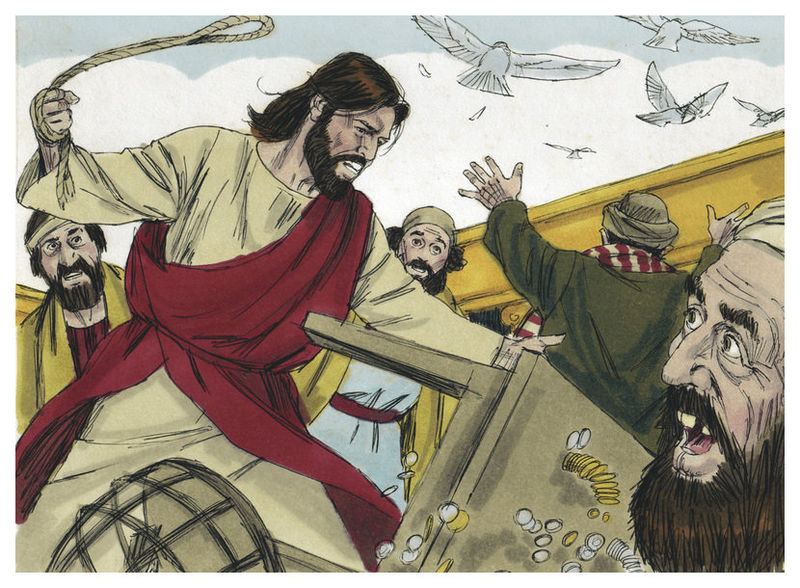
Distant Shores Media/Sweet Publishing, CC BY-SA 3.0, via Wikimedia Commons
At the human level Jesus went into the Temple on Monday, Nisan 10, and stopped the commercialism. The buying and selling had created a barrier for worship, especially for that of non-Jews. Jesus, a Light for these nations, therefore broke this barrier by stopping the commercial activity.
The Lamb of God Selected
But something unseen also happened at the same time. We can understand this from the title that John the Baptist had previously given to Jesus. In announcing him John had said:
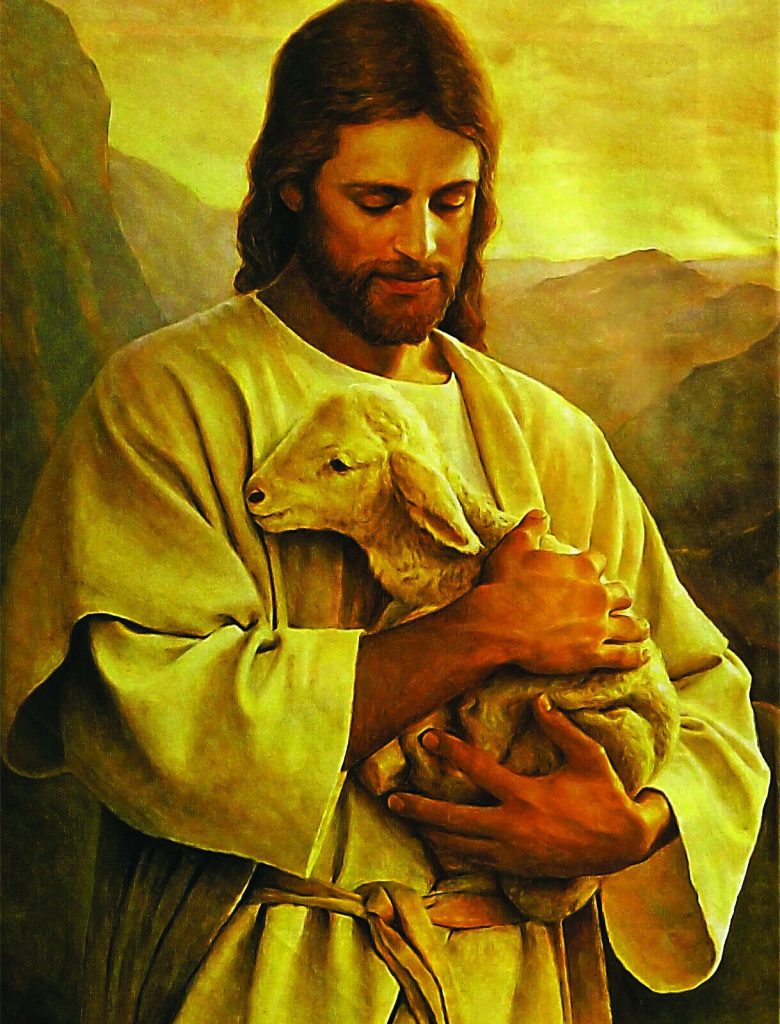
29 The next day John saw Jesus coming toward him and said, “Look, the Lamb of God, who takes away the sin of the world!
John 1: 29
Jesus was ‘the Lamb of God’. In Abraham’s sacrifice, God was the one who had selected the lamb replacing Isaac by catching it in a bush. The Temple was at this same location.
When Jesus went into the Temple on Nisan 10 God selected him as His Passover Lamb.
Jesus had to be in the Temple on this exact day in order to be selected. And he was.
The Purpose of Jesus as the Passover Lamb
Why was he selected as Passover lamb? Jesus’ teaching above provided the answer. When he said, ‘My house will be called a house of prayer for all nations’ he quoted from Isaiah. Here is the full passage (what Jesus spoke is in underlined).
6 And foreigners who bind themselves to the Lord
Isaiah 56: 6-7
to minister to him,
to love the name of the Lord,
and to be his servants,
all who keep the Sabbath without desecrating it
and who hold fast to my covenant—
7 these I will bring to my holy mountain
and give them joy in my house of prayer.
Their burnt offerings and sacrifices
will be accepted on my altar;
for my house will be called
a house of prayer for all nations.”

The ‘Holy Mountain’ that Isaiah had written about was Mount Moriah, where Abraham had sacrificed the lamb selected by God in place of Isaac. The ‘house of prayer’ was the Temple which Jesus entered on Nisan 10. However, only Jews could sacrifice at the Temple and celebrate Passover. But Isaiah had written that ‘foreigners’ (non-Jews) would one day see that ‘their burnt offerings and sacrifices would be accepted’. In quoting the prophet Isaiah, Jesus announced that his work would open a path to God for non-Jews. That path had started opening the day before when Greeks asked to meet Jesus.
Nations around the world noticed the protests of high-profile Jewish activists like Wurmbrand, Urgant and Sharansky. Jesus said that his work would similarly arouse the attention of the world’s nations. He did not explain at this point how he would do this. But as we continue the gospel account we will see how God had a plan to bless you and me.
Next days in Passion Week
After the Jews selected their lambs on Nisan 10, the regulations in the Torah commanded them to:
6 Take care of them until the fourteenth day of the month, when all the members of the community of Israel must slaughter them at twilight.
Exodus 12:6
Since that first Passover at the time of Moses, the Jews sacrifice their Passover lambs every Nisan 14. We add ‘taking care of the lambs’ to the Torah regulations in the timeline we are building for the week. In the lower half of the timeline we add the activities of Jesus on Day 2 of the week – his cleansing of the Temple and his selection as God’s Passover lamb.
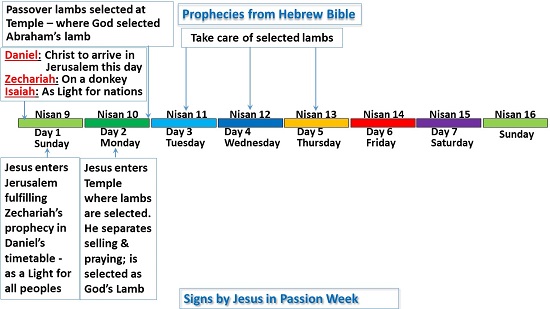
Marked and Selected by the Authorities
When Jesus entered and cleansed the Temple, this also had an impact at the human level. The Gospel continues by stating:
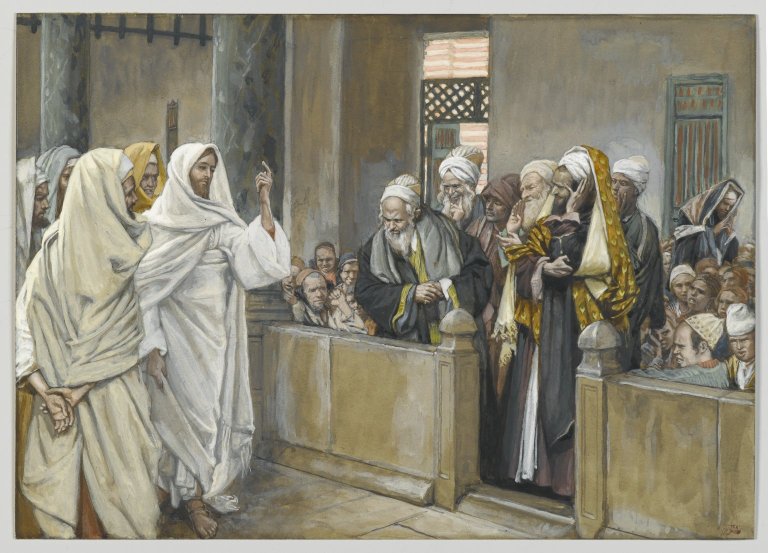
James Tissot, PD-US-expired, via Wikimedia Commons
18 The chief priests and the teachers of the law heard this and began looking for a way to kill him, for they feared him, because the whole crowd was amazed at his teaching.
Mark 11:18
In cleansing the Temple the Jewish leaders targeted him for death. As Wurmbrand, Urgant and Sharansky were targeted by the leaders they protested against, Jesus was from this point on, a marked man.
They started by confronting him. The Gospel recounts that the next day:
27 They arrived again in Jerusalem, and while Jesus was walking in the temple courts, the chief priests, the teachers of the law and the elders came to him. 28 “By what authority are you doing these things?” they asked. “And who gave you authority to do this?”
Mark 11:27-28
We follow the schemes of the authorities, the actions of Jesus, and the Torah regulations on Tuesday, Day 3 of Passion Week, next.